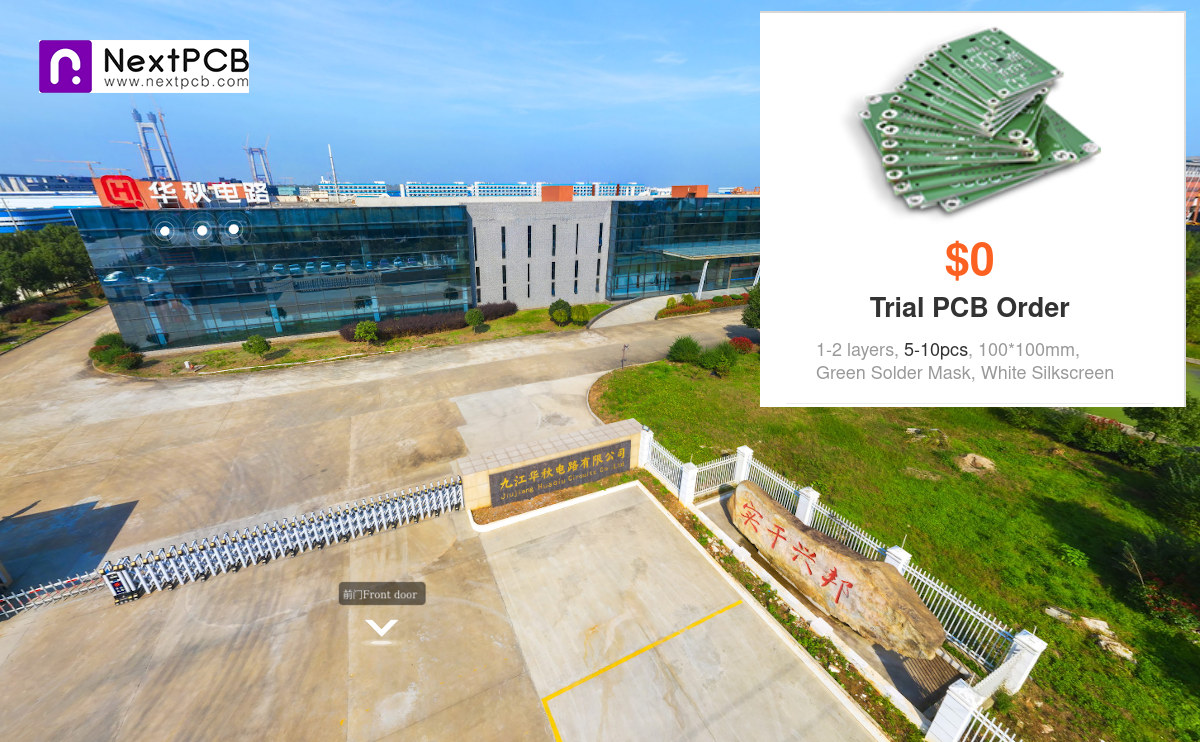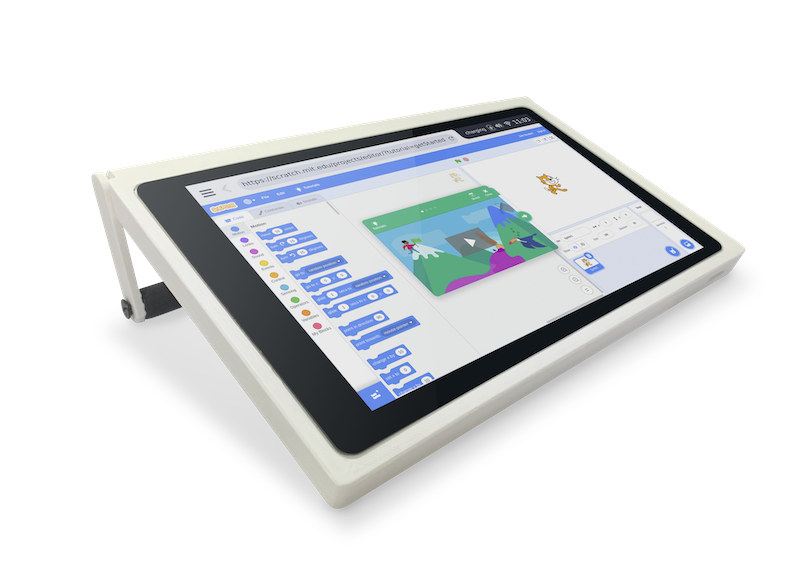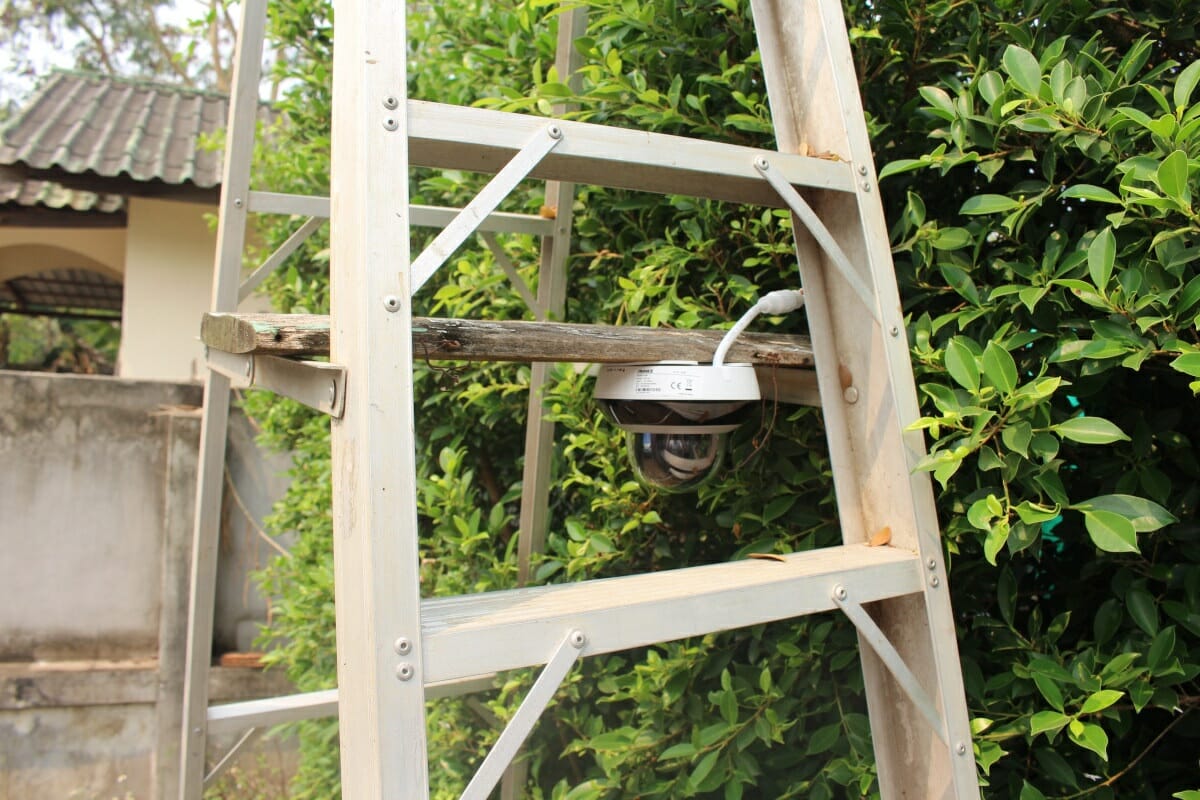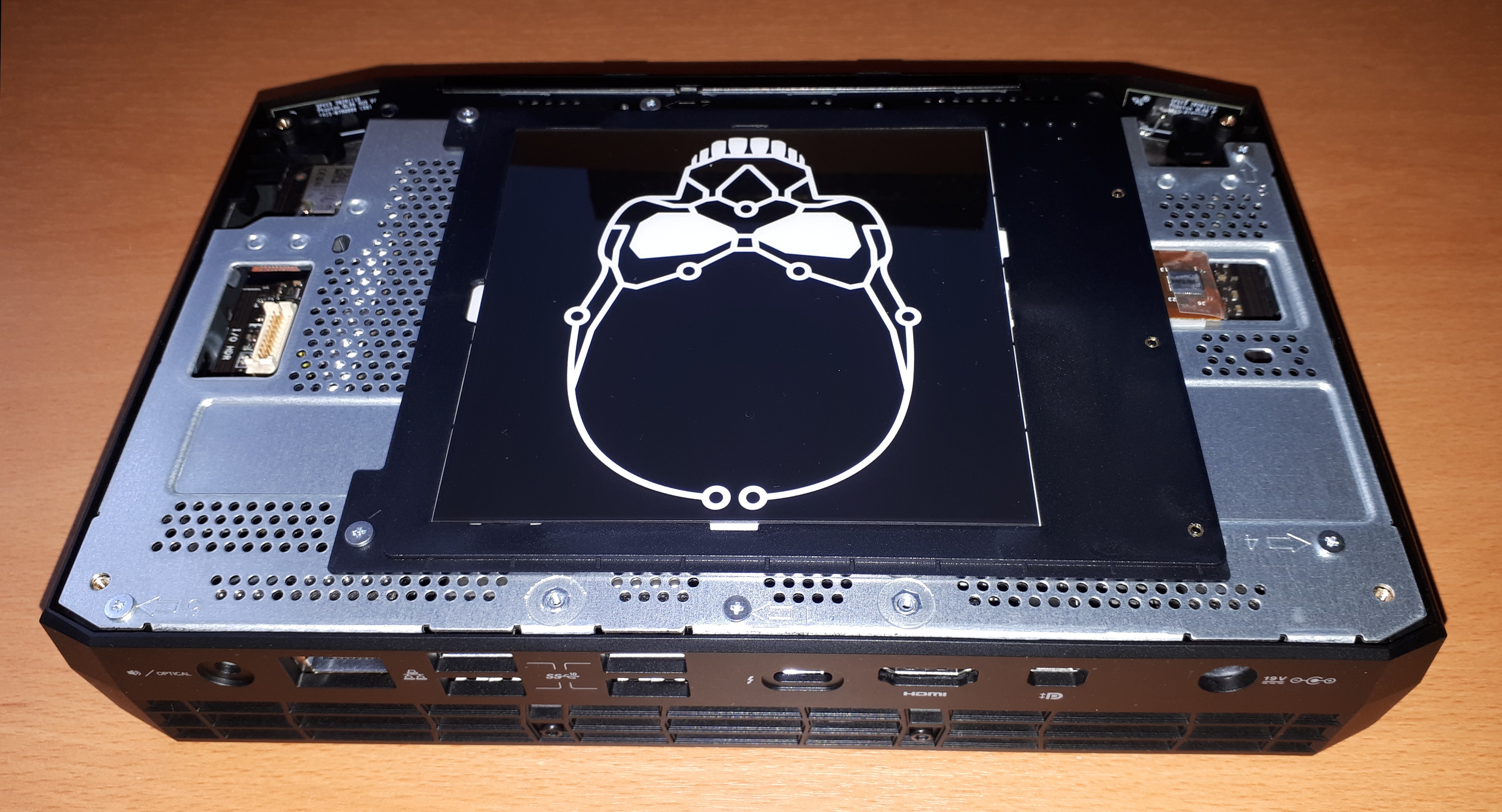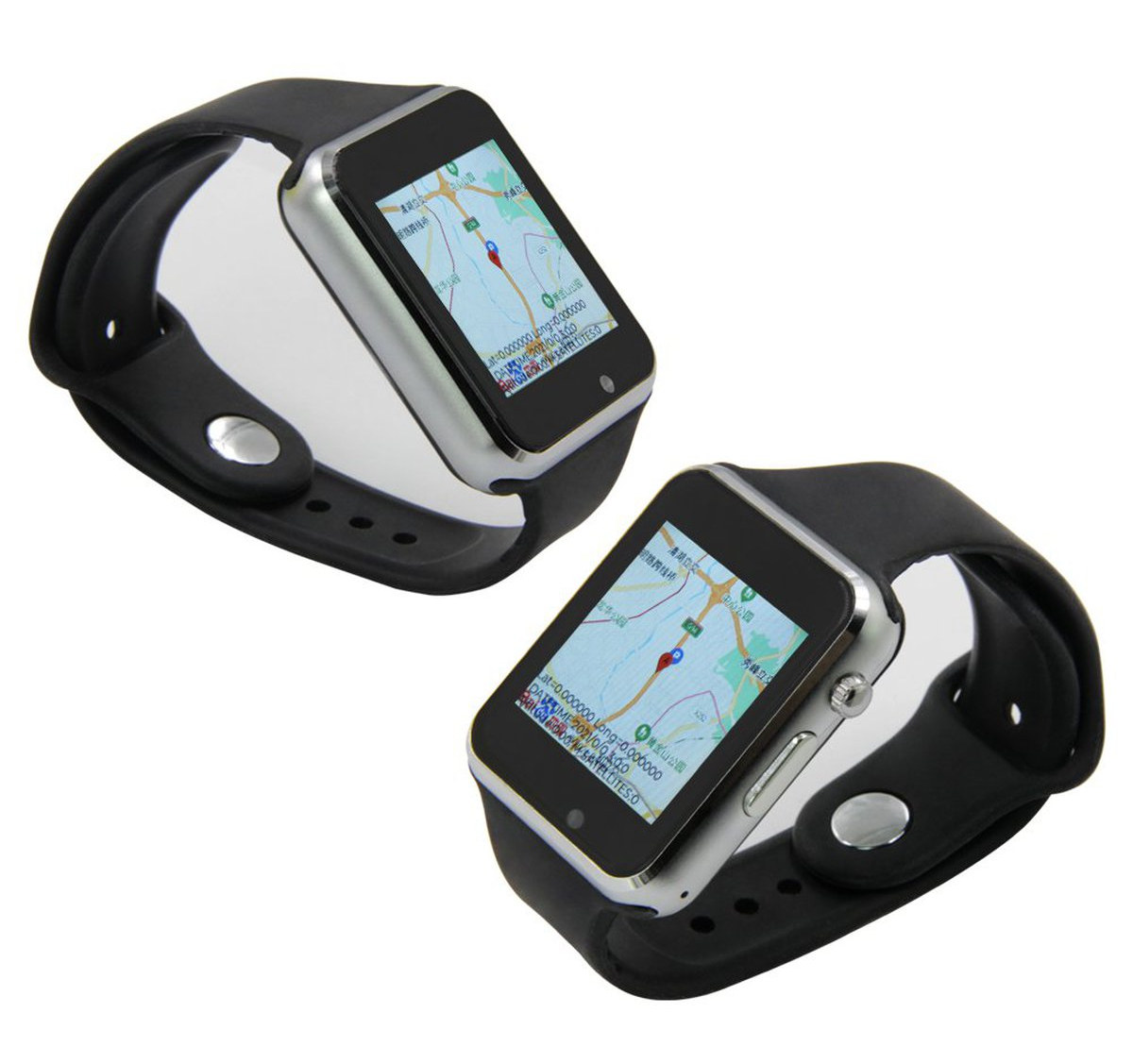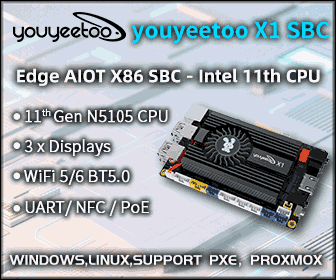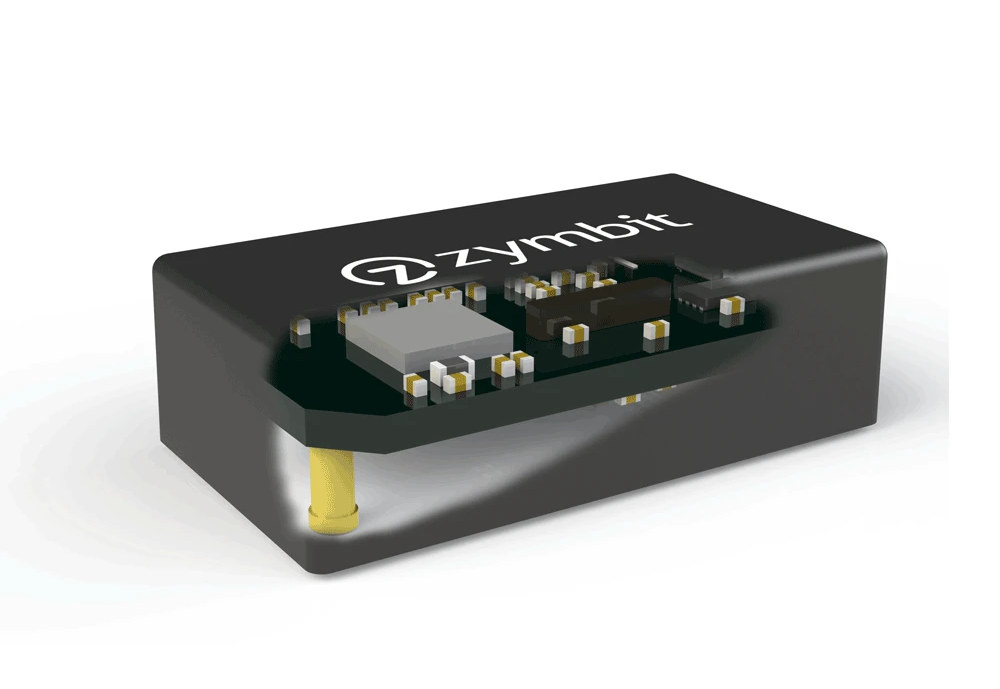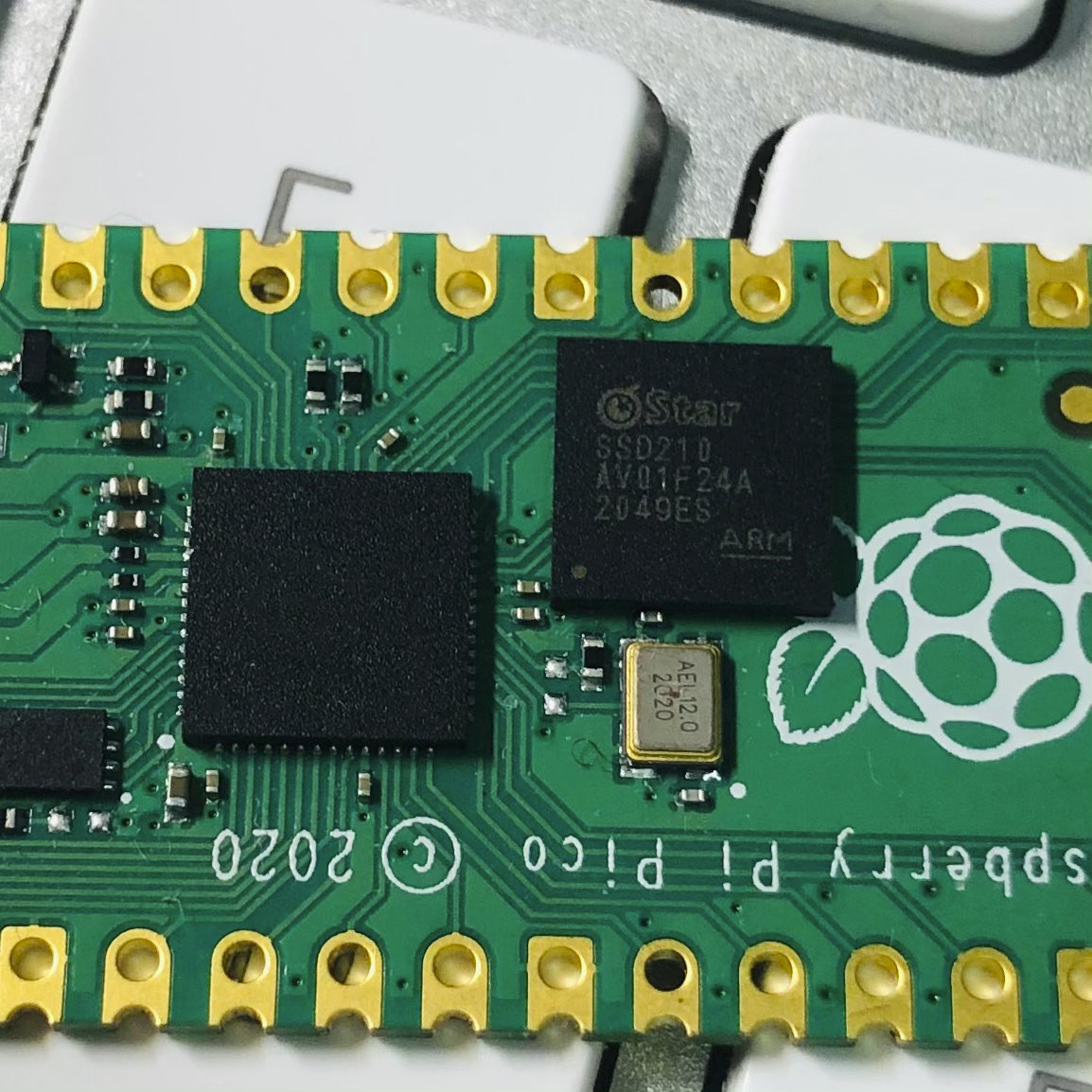Shenzhen Huaqiu Electronics Co., Ltd, better known as NextPCB, is a PCB manufacturer with multiple factories in China that has been in business for over 15 years. The headquarter of the company is however located in Paris, France, under a company called NOVA SILK ROAD SARL, but most operations are managed in China from the branch office in Shenzhen, and the company operates three plants all certified by IATF16949, ISO9001, ISO14001, UL, CQC, RoHS and REACH: A PCB prototype factory in Bao‘an District, Shenzhen, Guangdong A PCB mass manufacturing factory in Xigang District, Jiujiang Economic Development Zone, Jiujiang City, Jiangxi Province A PCB assembly plant in Dongguan City, Guangdong Province, China. The prototype factory always for fast turnaround for prototype, while the mass manufacturing factory targets higher volume production with further lower costs. Beyond just making PCBs, the assembly plant works on soldering BGA, Micro-BGA, QFN, and other components to […]
Pack of 4 ESP8266 smart plugs sold for $13.49 (Promo)
There’s currently a promotion on Amazon for a pack of four ESP8266 smart plugs that are ETL and FCC certified, and sold for $13.49, or around $3.5 per socket. In order to apply for the discount, you’ll need to the Amazon product page, tick on “Save an extra 20% when you apply this coupon.”, and enter the coupon code “ABVYP87G“. Once this is all done the price will be $13.49 shipped within the US. The plug works in the 100-240V range, but when shipping outside of the US, you’ll need to pay extra for shipping and provisions for customs duties. Gosund WP3 key features: 2.4 GHz WIFI connectivity Rated Voltage: 100 – 240V Rated Current: 10A Max AC Frequency: 50/60Hz Max power: 1100W Operating Temperature – -10 ~ 60°C If you have no interested in running proprietary software, you’ll be happy to know Gosund WP3 smart plugs are compatible with […]
CutiePi tablet gets a Raspberry Pi CM4 upgrade
CutiePi tablet was launched on Kickstarter last year with a Raspberry Pi Compute Module 3+ Lite, an open-source hardware carrier board, and an 8-inch multi-touch display with 1280×800 resolution. Shipping to backers is about to start, but the company has already started working on a new version of the CutiePi Tablet with the Raspberry Pi CM4 module released last October. This will enable greater performance and more memory with the tablet shipping with a 2GB RAM CM4 module by default. CutiePi CM4 tablet preliminary specifications: SoM – Raspberry Pi Compute Module 4 Lite with Broadcom BCM2711 quad-core Cortex-A72 processor @ 1.5 GHz, 2GB RAM Storage – MicroSD card slot Display – 8-inch 5-point multi-touch IPS LCD with 1280×800 resolution Video Output – Micro HDMI Audio – 2W 8Ohm speaker, audio amplifier, built-in microphone Camera – 5MP front-facing camera (OV5647) Connectivity – Dual-band 802.11 b/g/n/ac WiFi 5 and Bluetooth 5.0 USB […]
Annke CZ400 AI security camera reviewed with basic and smart events
At the beginning of this month, I started the review of Annke CZ400 AI security camera by listing specifications, unboxing the device, and doing a partial teardown, notably to install a MicroSD card. In theory, the camera comes with more advanced AI features than Reolink RLC-810A 4K CCTV camera that only supports people and vehicle detection, as the Annke security camera can handle face detection, line crossing, unattended baggage detection, and other smart event detections. So let’s see how it performs Annke CZ400 installation The first challenge was the installation, as I told the company I would not be willing to install the camera on the ceiling since I’m renting, and preferred wall-mounting. after checking the user manual that included a wall mount, I decided to go ahead, and get the review unit. But sadly, the wall mount is not included in the package, and Annke even told me they […]
Windows Performance on an Intel NUC 11 Enthusiast Phantom Canyon NUC11PHKi7C
The Enthusiast Phantom Canyon is Intel’s flagship product from its latest NUC 11 range of mini PCs. Specifically targeting gamers it includes an NVIDIA RTX 2060 GPU. In this article, I take a brief look at the performance under Windows and compare it against Intel’s previous NUC with a discrete GPU: the NUC 9 Extreme Ghost Canyon. Hardware Overview The NUC11PHKi7C physically consists of a 221 x 142 x 42 mm (8.70 x 5.59 x 1.65 inches) rectangular plastic case which is remarkable because of its size and is similar to just a graphics card like NVIDIA’s GeForce RTX 2060 Founders Edition (229 x 113 x 35 mm). It is an actively cooled mini PC and uses Intel’s 10 nm Core i7-1165G7 Tiger Lake processor which is a quad-core 8-thread 2.80 GHz processor boosting to 4.70 GHz with Intel’s Iris Xe Graphics. But it also includes NVIDIA’s N18E-G1-B notebook graphics […]
Arduino WiFi & Bluetooth watch adds GPS, MicroSD slot, loses audio amplifier
LilyGO introduced the ESP32 powered T-Watch-2020 smartwatch last year with a slim form factor, a 1.54-inch LCD capacitive touch screen, WiFi & Bluetooth connectivity, and support for Arduino. In February, we noted TTGO T-Watch-2020 V3 with a built-in microphone to enable voice control, but the company has just listed TTGO T-Watch-2020 V2 adding GPS and a MicroSD card slot on its Aliexpress store for around $33. TTGO T-Watch-2020 V2 specifications: SoC – Espressif ESP32 dual-core wireless processor with 520KB SRAM System Memory – 8MB PSRAM Storage – 16MB QSPI flash, MicroSD card slot Display – 1.54-inch LCD capacitive touch screen Audio – Max98357 Class-D amplifier, buzzer/speaker Connectivity 802.11b/g/n WiFi 4 and Bluetooth 4.x/5.1 via ESP32 Quectel L76L module for GNSS (GPS, Beidou,GLONASS, QZSS) Sensors – BMA423 three-axis accelerometer with built-in step counting algorithm, activity recognition/tracking, advanced gesture recognition. Expansion – 13-pin 0.3mm pitch FPC expansion socket (shared with MicroSD card […]
Zymbit HSM4 & HSM6 security modules work with embedded Linux hardware, Raspberry Pi, Jetson Nano
Zymbit Zymkey security modules, now called Zymkey4i, were first introduced several years ago. Based on the Microchip ATECC508A CryptoAuthentication chip, the modules were available as a USB stick, an I2C module for Raspberry Pi boards, or an SMT component, and designed to enable multifactor device ID & authentication, data encryption & signing, key storage & generation, and physical tamper detection. The company has now informed CNX Software they had launched HSM4 cryptographic protection module and HSM6 hardware wallet with a different form factor for easy integration into embedded applications, and devkits compatible with Jetson Nano and Raspberry Pi SBCs. Zymbit HSM4 cryptographic protection module & devkit HSM4 crypto module key features and specifications: HSM4 is built upon Zymkey4i module, and integrates an Arm Cortex-M0 microcontroller, as well as a secure element likely to be Microchip ATECC508A, or the more recent ATECC608B CryptoAuthentication chip if the company upgrade System Identity & […]
SigmaStar SSD210 tiny dual-core Arm Cortex-A7 SoC comes with 64MB RAM, RGB display interface
SigmaStar offers some of the cheapest Cortex-A7 processors on the market, especially considering they usually integrated 64 or 128MB RAM, which parts like SSD201 or SSD202 which are designed for smart displays, but can also be found in low-cost Linux gateways. The company’s latest SSD210 processor comes with two Cortex-A7 cores clocked at 1.0 GHz, 64MB RAM, and is offering in a QFN68 package that happens to be the exact same size (7x7mm) as the less powerful Raspberry Pi RP2040 microcontroller. SigmaStar SSD210 key features and specifications: CPU – Dual-core Arm Cortex-A7 at up to 1.0GHz with FPU, NEON, MMU, DMA GPU – 2D graphics accelerator System Memory – 64MB on-chip DDR2 RAM Storage I/F – 1/2/4 bit SPI-NOR/SPI-NAND Flash Display – RGB LCD interface supporting RGB565 or RGB666 or RGB888 format up to 60 fps. Multimedia – JPEG encoder with support for YUV 422 or YUV420 format Networking – […]


